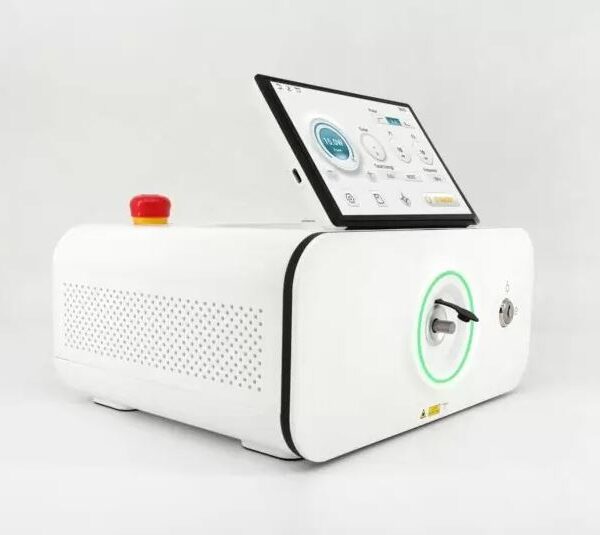Low-Level Laser Therapy (LLLT) is a relatively new therapy option for neuropathic pain. Diabetic neuropathy symptoms can range from discomfort and numbness in your legs and feet to difficulties with your digestive system, urinary tract, blood vessels, and heart, depending on the afflicted nerves.
Some people have mild symptoms. But for others, diabetic neuropathy can be quite painful and disabling.
Because it is non-invasive and has no documented adverse effects, Low-Level Laser Therapy (LLLT) has been shown to enhance the quality of life of elderly individuals with painful diabetic peripheral neuropathy. As a result, it is a relatively low-risk therapy choice for people suffering from small fibre neuropathy.
It works by triggering biochemical changes within cells. Following this treatment, old patients in particular are reporting a decrease in their neuropathy symptoms and, in some cases, are regenerating the small fibre nerves in the epidermis.
Similar benefits are only seen when effective and highly professional Low-Level laser equipment, such as the Multi-functional Surgical Diode Laser System LASER-4.2, is used.
This device provides a treatment alternative for those old patients who have not responded to other therapies making surgical interventions often unnecessary.
Specialists proclaim that the most suitable laser wavelength for this disease patients should not exceed 632.8 nm. This device’s wavelength is 650nm < 2mW so it can certainly be tailored to suit neurologists’ treatment procedures.
Furthermore, one of its primary characteristics is that it gives painless Low-Level Laser Therapy, which is exactly what diabetic peripheral neuropathy patients need because they are continuously in excruciating agony.
To sum up, the LASER-4.2 is also non-invasive, non-toxic, and has no known side effects or medication interactions. All of these features define it as the exact gadget required to treat such a condition.
Reference: Low level laser therapy for the patients with painful diabetic peripheral neuropathy – A systematic review
Disclaimer: Although the information we provide is used by different doctors and medical staff to perform their procedures and clinical applications, the information contained in this article is for consideration only. SIFLASER is not responsible neither for the misuse of the device nor for the wrong or random generalizability of the device in all clinical applications or procedures mentioned in our articles. Users must have the proper training and skills to perform the procedure with each Laser System.
The products mentioned in this article are only for sale to medical staff (doctors, nurses, certified practitioners, etc.) or to private users assisted by or under the supervision of a medical professional.

